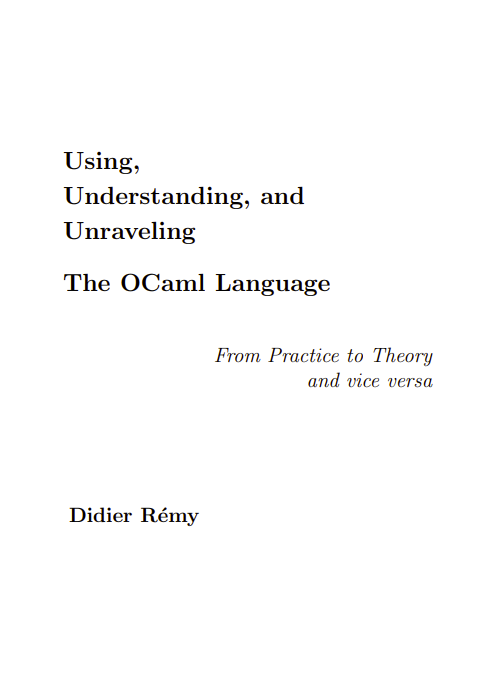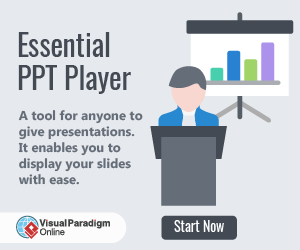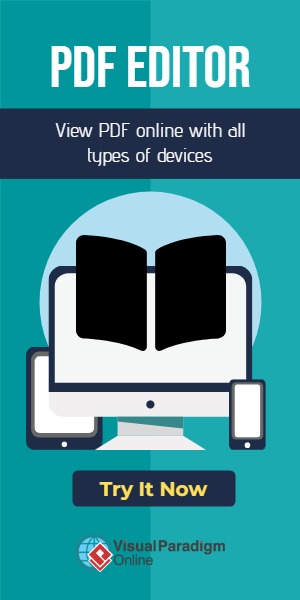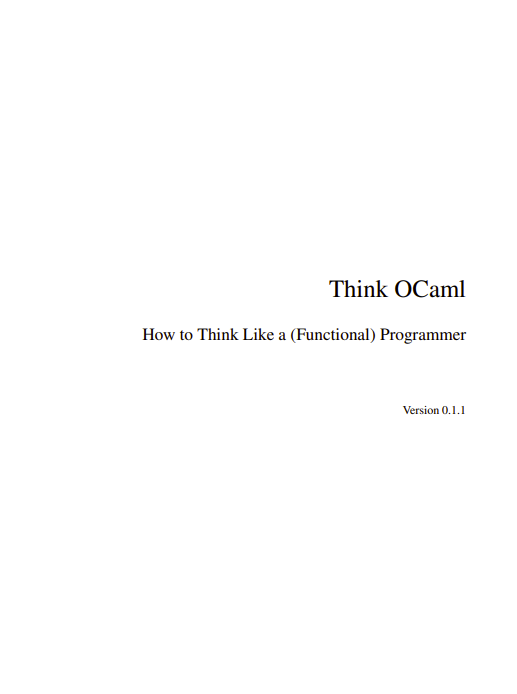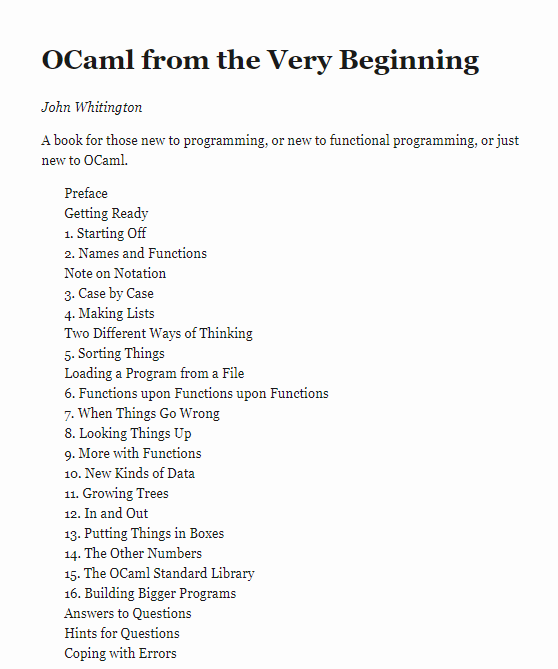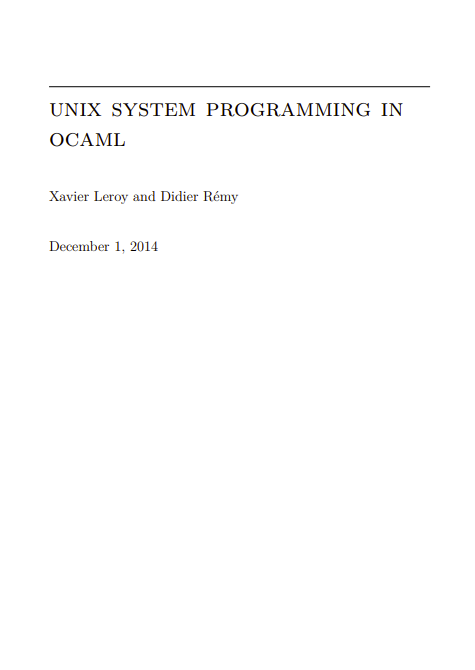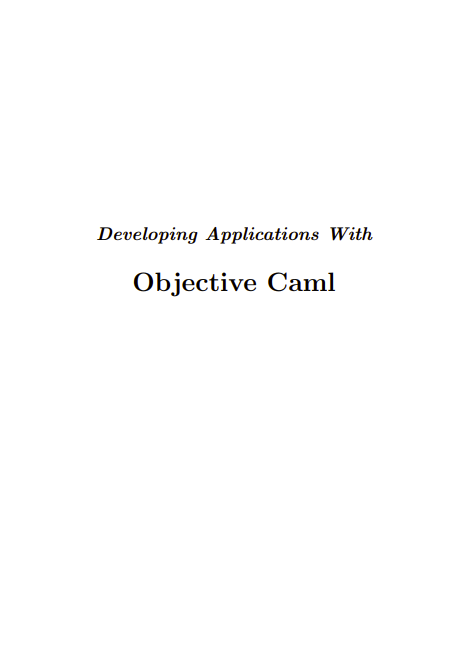OCaml is a language of the ML family that inherits a lot from several decades of research in type theory, language design, and implementation of functional languages. Moreover, the language is quite mature, its compiler produces efficient code and comes with a large set of general purpose as well as domain-specific libraries. Thus, OCaml is well-suited for teaching and academic projects, and is simultaneously used in the industry, in particular in several high-tech software companies.
This document is a multi-dimensional presentation of the OCaml language that combines an informal and intuitive approach to the language with a rigorous definition and a formal semantics of a large subset of the language, including ML. All along this presentation, we explain the underlying design principles, highlight the numerous interactions between various facets of the language, and emphasize the close relationship between theory and practice.
Indeed, theory and practice should often cross their paths. Sometimes, the theory is deliberately weakened to keep the practice simple. Conversely, several related features may suggest a generalization and be merged, leading to a more expressive and regular design. We hope that the reader will follow us in this attempt of putting a little theory into practice or, conversely, of rebuilding bits of theory from practical examples and intuitions. However, we maintain that the underlying mathematics should always remain simple.
The introspection of OCaml is made even more meaningful by the fact that the language is boot-strapped, that is, its compilation chain is written in OCaml itself, and only parts of the runtime are written in C. Hence, some of the implementation notes, in particular those on type checking, could be scaled up to be actually very close to the typechecker of OCaml itself.
The material presented here is divided into three categories. On the practical side, the course contains a short presentation of OCaml. Although this presentation is not at all exhaustive and certainly not a reference manual for the language, it is a self-contained introduction to the language: all facets of the language are covered; however, most of the details are omitted. A sample of programming exercises with different levels of difficulty have been included, and for most of them, solutions can be found in Appendix C. The knowledge and the practice of at least one dialect of ML may help getting the most from the other aspects. This is not mandatory though, and beginners can learn their first steps in OCaml by starting with Appendix A. Conversely, advanced OCaml programmers can learn from the inlined OCaml implementations of some of the algorithms. Implementation notes can always be skipped, at least in a first reading when the core of OCaml is not mastered yet —other parts never depend on them. However, we left implementation notes as well as some more advanced exercises inlined in the text to emphasize the closeness of the implementation to the formalization. Moreover, this permits to people who already know the OCaml language, to read all material continuously, making it altogether a more advanced course.
On the theoretical side —the mathematics remain rather elementary, we give a formal definition of a large subset of the OCaml language, including its dynamic and static semantics, and soundness results relating them. The proofs, however, are omitted. We also describe type inference in detail. Indeed, this is one of the most specific facets of ML.
A lot of the material actually lies in between theory and practice: we put an emphasis on the design principles, the modularity of the language constructs (their presentation is often incremental), as well as their dependencies. Some constructions that are theoretically independent end up being complementary in practice, so that one can hardly go without the other: it is often their combination that provides both flexibility and expressive power.
